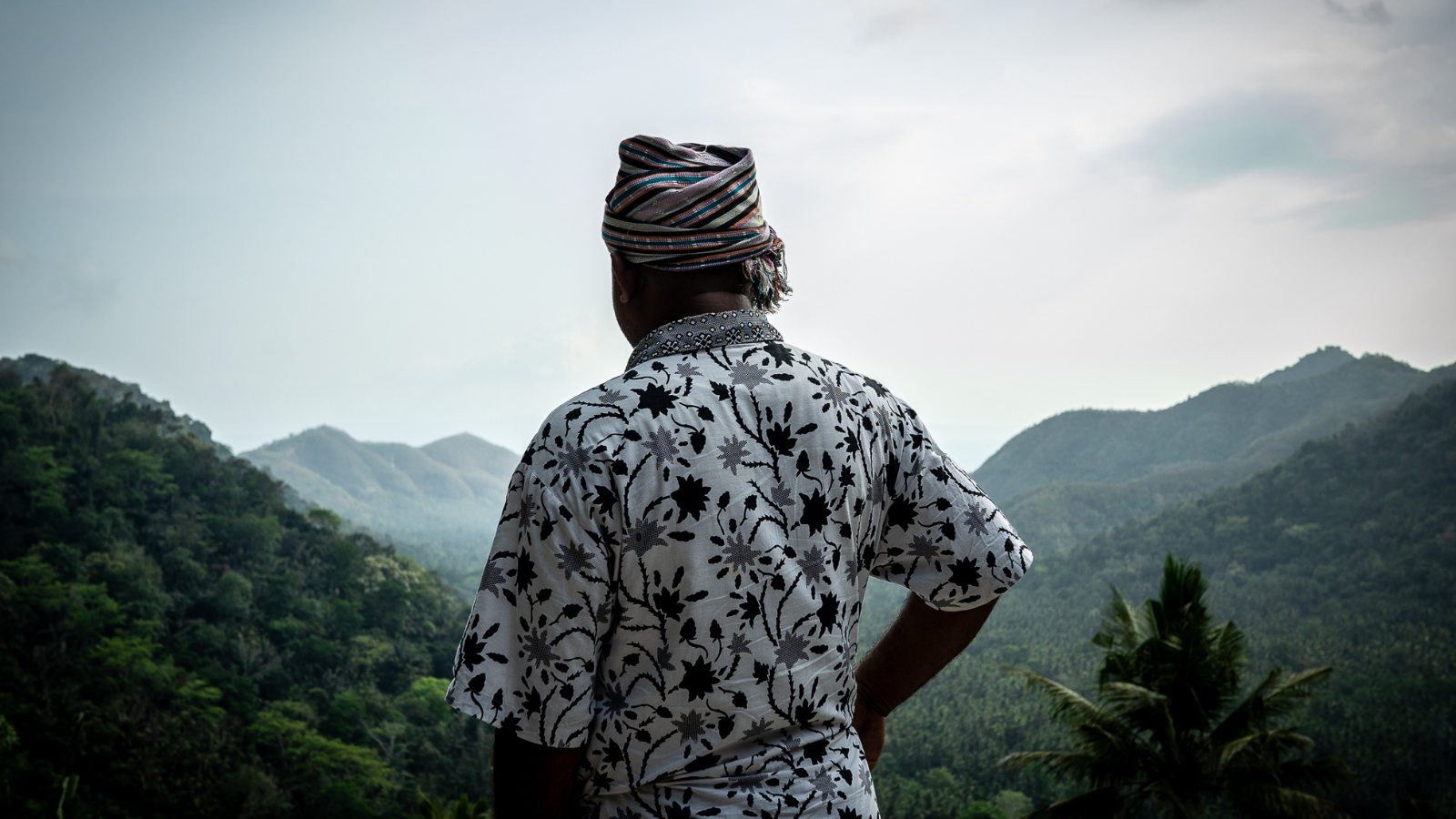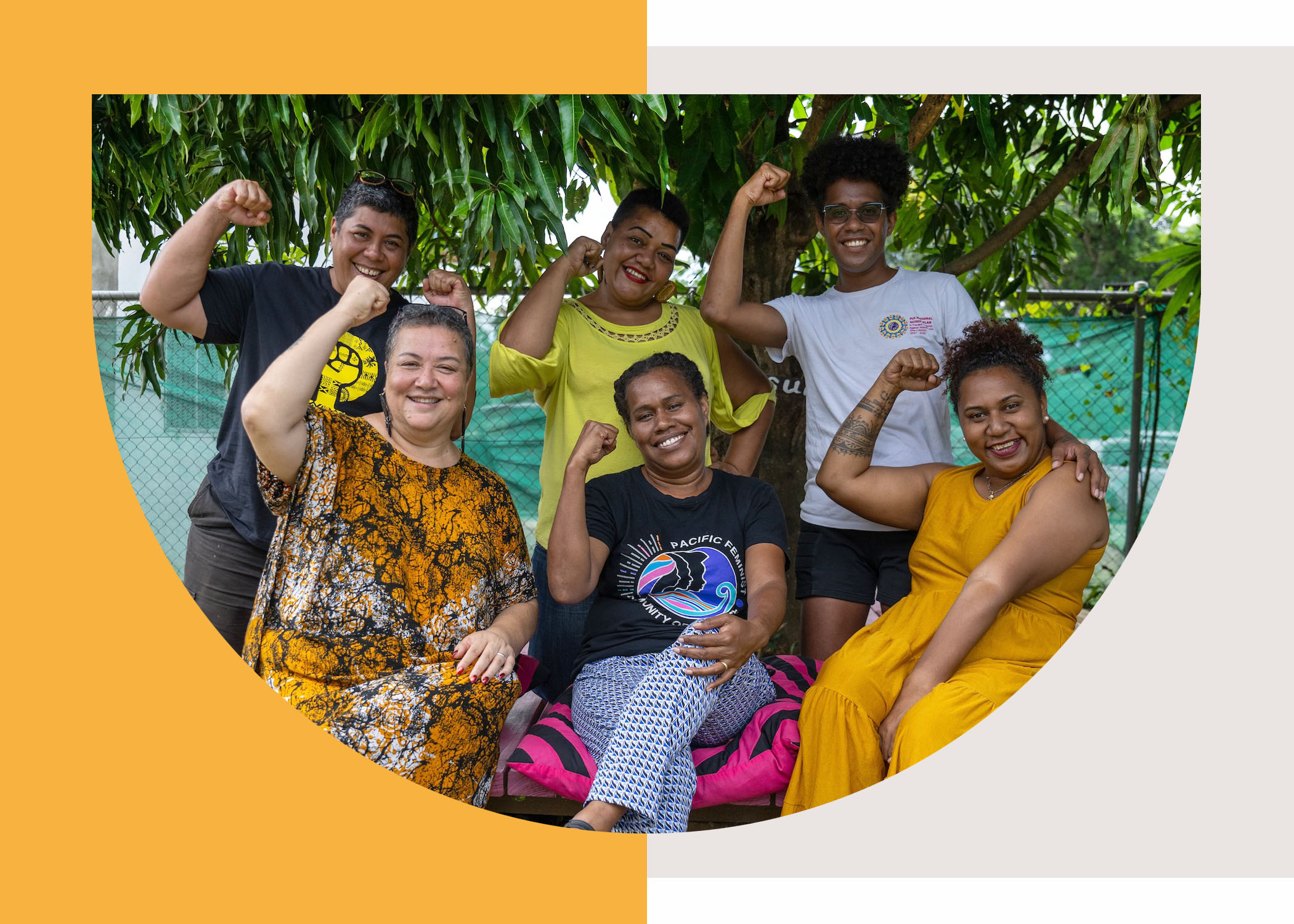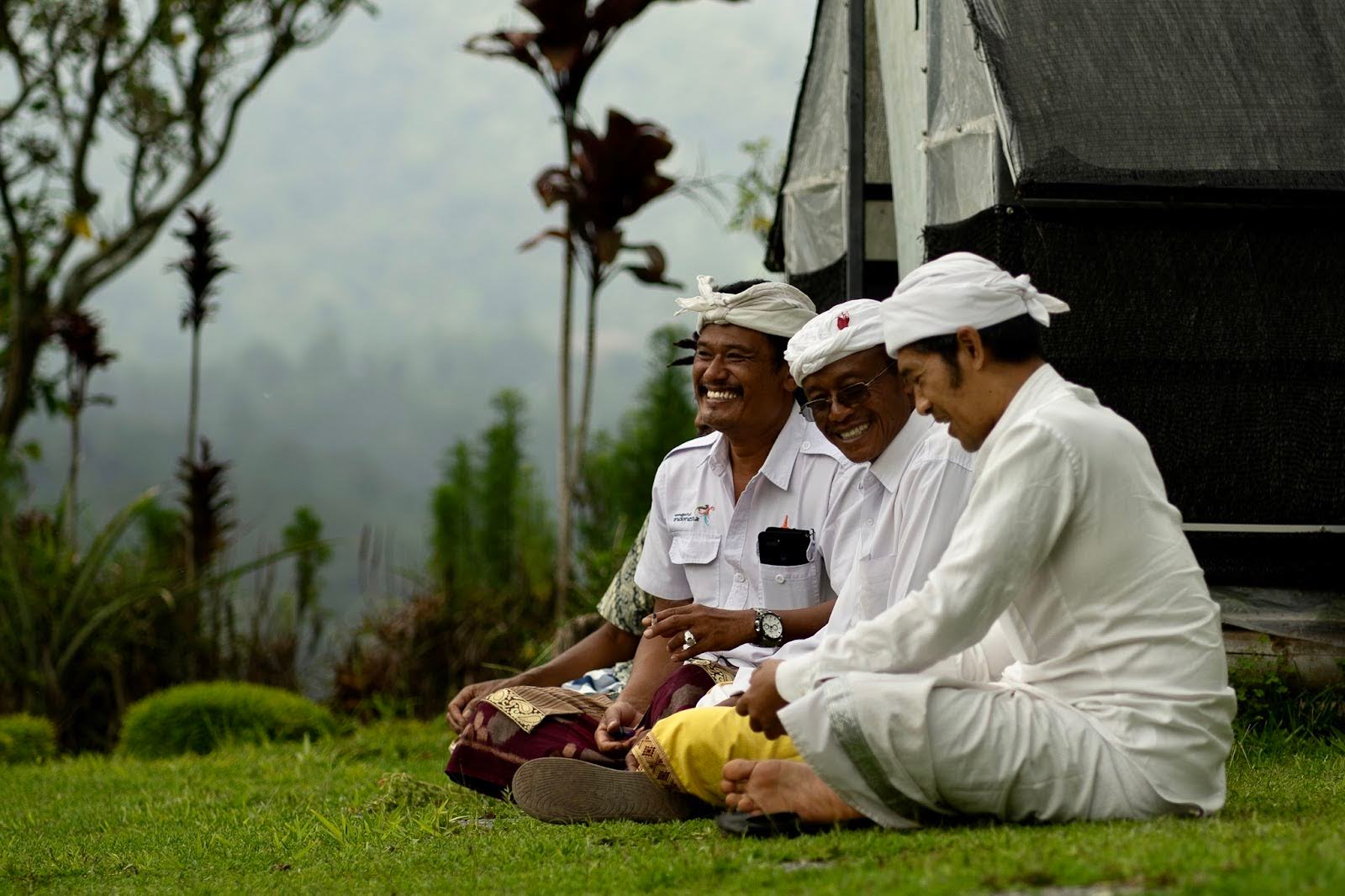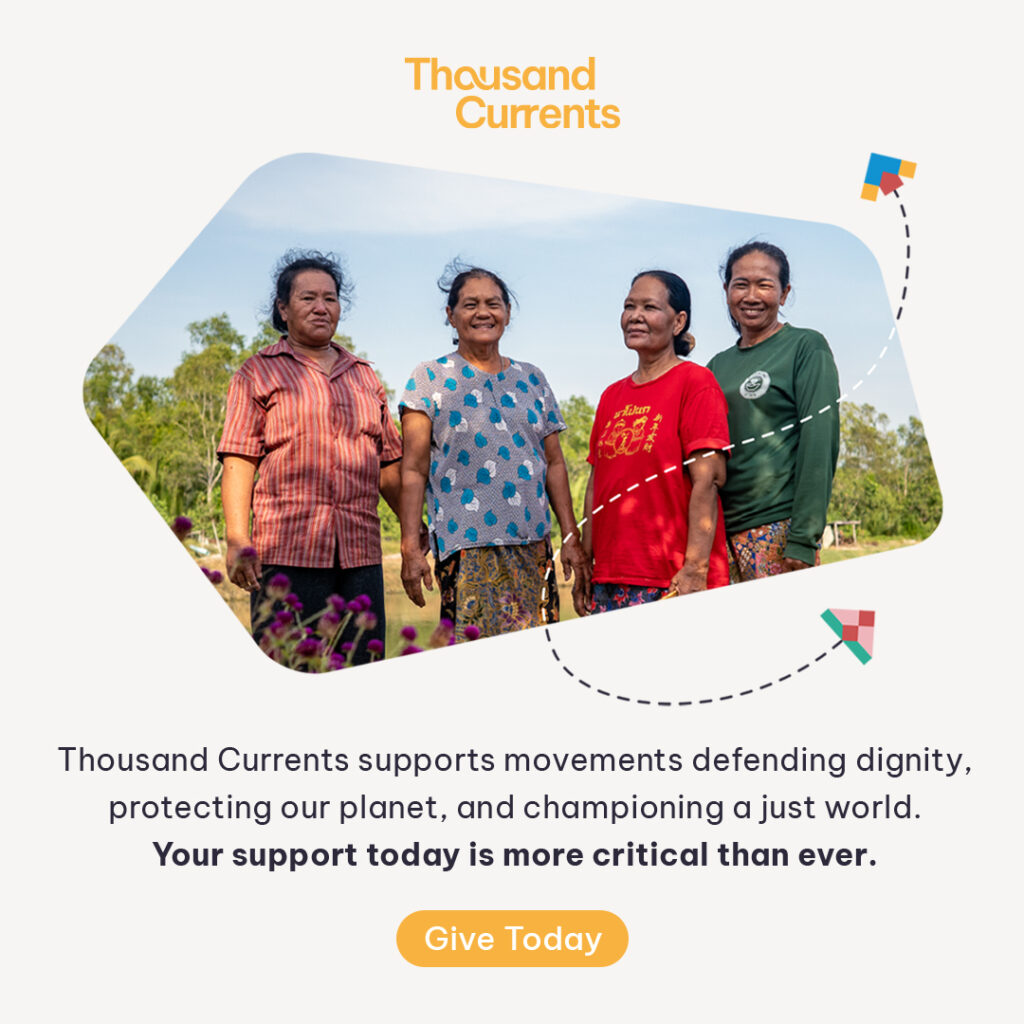Supporting earthquake survivors: A report from Women Awareness Centre Nepal
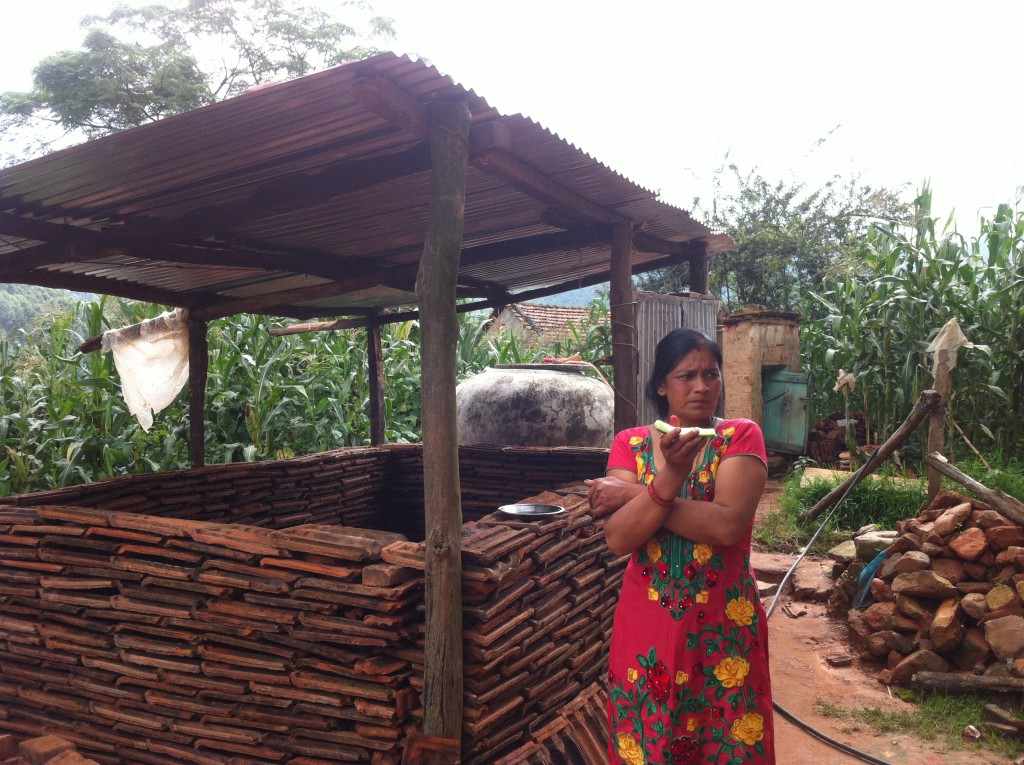
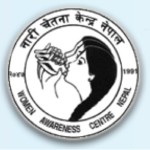 When the devastating April 25 earthquake hit Nepal, taking 9000 lives and destroying almost 280,000 homes, the Women Awareness Centre Nepal (WACN) sprang into action to respond. They quickly assessed the needs on the ground in Kavre District, one of WACN’s working areas and one of the most-affected areas near the earthquake’s epicenter. The women’s groups were well placed to mobilize and distribute resources – locally available and those provided from IDEX’s* Nepal Recovery and Resilience Fund – to begin the long road of recovery.
When the devastating April 25 earthquake hit Nepal, taking 9000 lives and destroying almost 280,000 homes, the Women Awareness Centre Nepal (WACN) sprang into action to respond. They quickly assessed the needs on the ground in Kavre District, one of WACN’s working areas and one of the most-affected areas near the earthquake’s epicenter. The women’s groups were well placed to mobilize and distribute resources – locally available and those provided from IDEX’s* Nepal Recovery and Resilience Fund – to begin the long road of recovery.
WACN utilized 1,011,750 Nepali rupees (approximately US$9,500) from the fund for the two months following the earthquake. Below we share highlights of their report, in their words:
Introduction
In [Kavre] district 367 people are dead, 1009 are injured, and 51929 houses are completely damaged and 23179 houses are partially damaged.
WACN have been working in this Kavre district since 24 years. In this district there are 24 WACN-promoted cooperatives, ranging in size from 200 to 1200 shareholders in each cooperative.
Relief Activities
Two days after the earthquake, from the central office in Kathmandu, WACN President Prativa Subedi, Board Member Rasmila Malla, and Account Officer Anju Ghimire headed towards Kavre District to analyze the damages that has taken place. Earthquake survivors were seeking support from the cooperative leaders. On the same day, the [WACN staff and board member] also went to meet the chief district officer to ask for the [government relief] strategies.
After that, on May 3, 2015, WACN organized a meeting with the cooperatives in Kavre district. This meeting was conducted to know the situation of all the victims as members. Through this meeting, the solutions that local people [had] to solve, to overcome their situation were also identified. We also talked about the expectations that they have from WACN. From the meeting we got the following responses:
- All the members agreed that they have little amounts of food, but can survive [for a] few days. The emergency need for all the members was roofs, food, emergency supplies, and tents.
- Since their houses are located in the rural areas, one of their main sources of income is livestock. Most of the households had taken loans to buy their livestock, because of that they were also asking for the relief tents to protect their animals, as similar to their [families]. If in any case one of their animals dies, they have to pay loans of one Lakh Nepali rupees.
Related Stories
